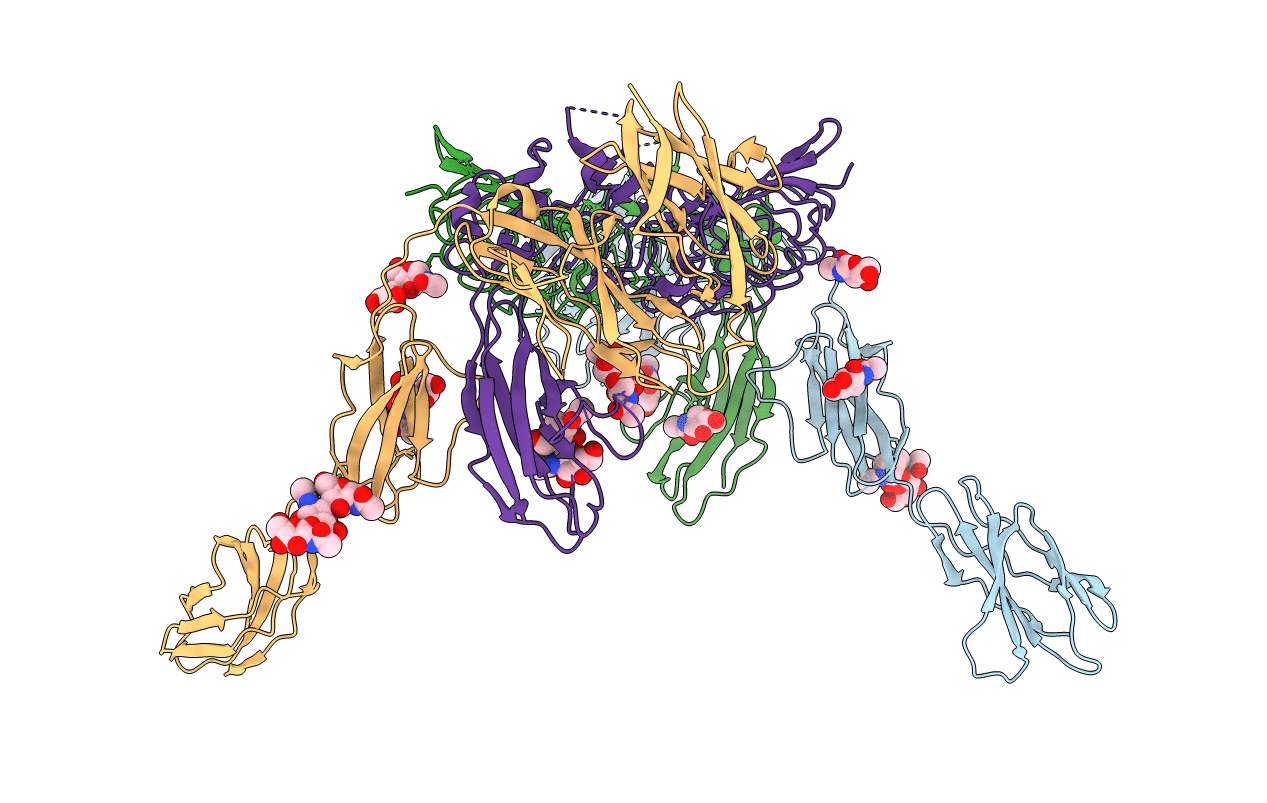
Deposition Date
2017-06-30
Release Date
2018-06-06
Last Version Date
2024-10-16
Entry Detail
PDB ID:
5XWT
Keywords:
Title:
Crystal structure of PTPdelta Ig1-Fn1 in complex with SALM5 LRR-Ig
Biological Source:
Source Organism:
Mus musculus (Taxon ID: 10090)
Homo sapiens (Taxon ID: 9606)
Homo sapiens (Taxon ID: 9606)
Host Organism:
Method Details:
Experimental Method:
Resolution:
4.18 Å
R-Value Free:
0.31
R-Value Work:
0.26
R-Value Observed:
0.26
Space Group:
P 21 21 21


